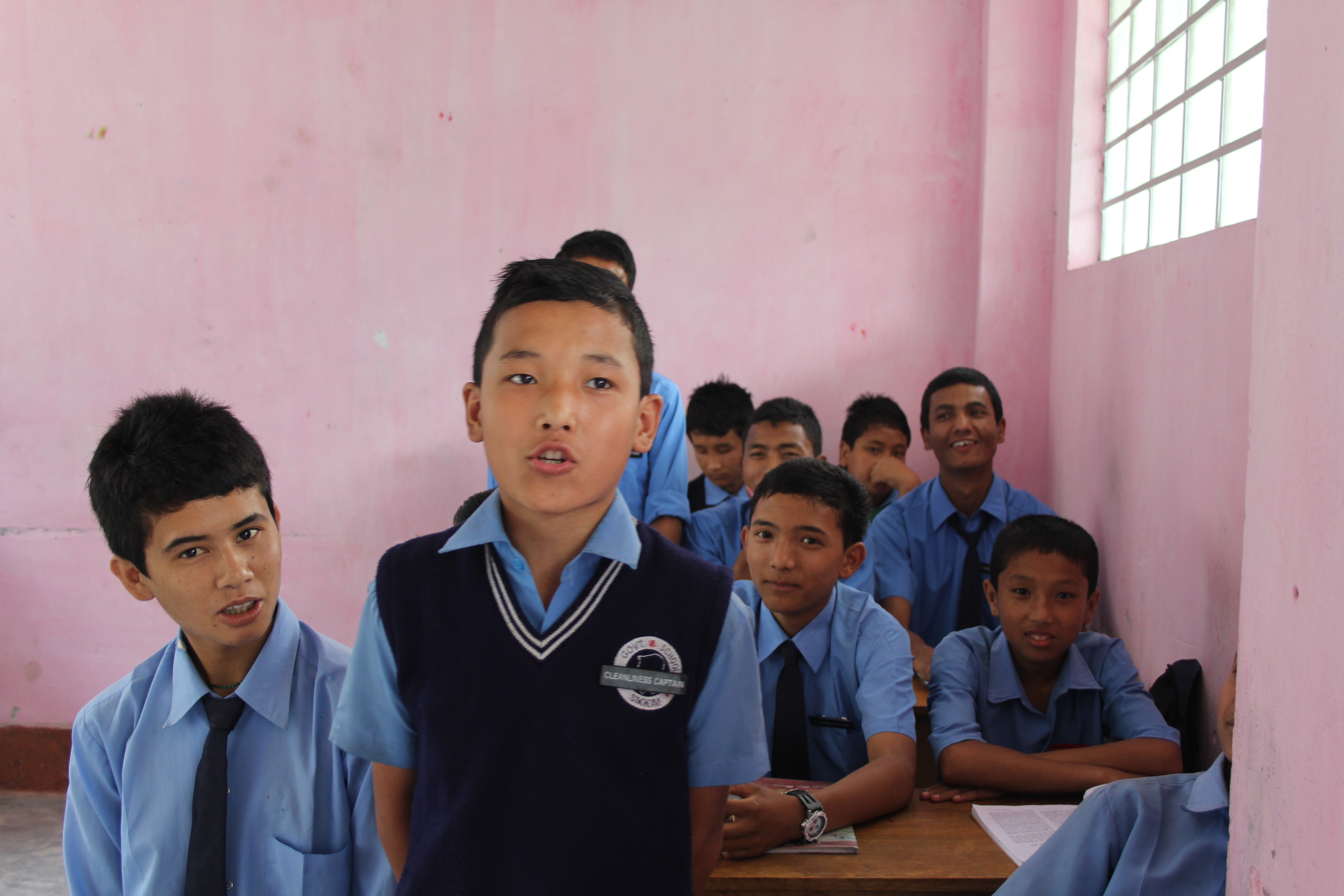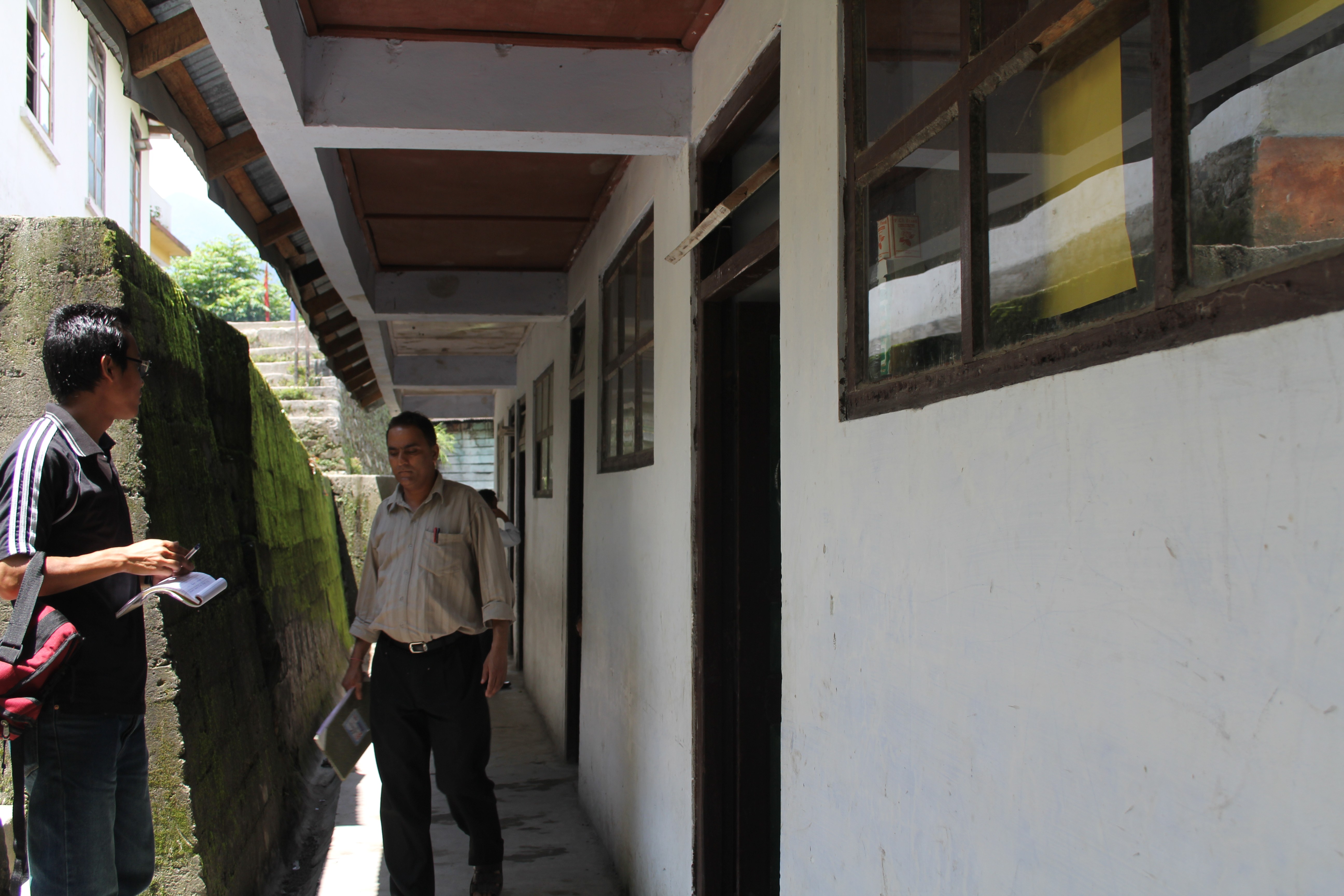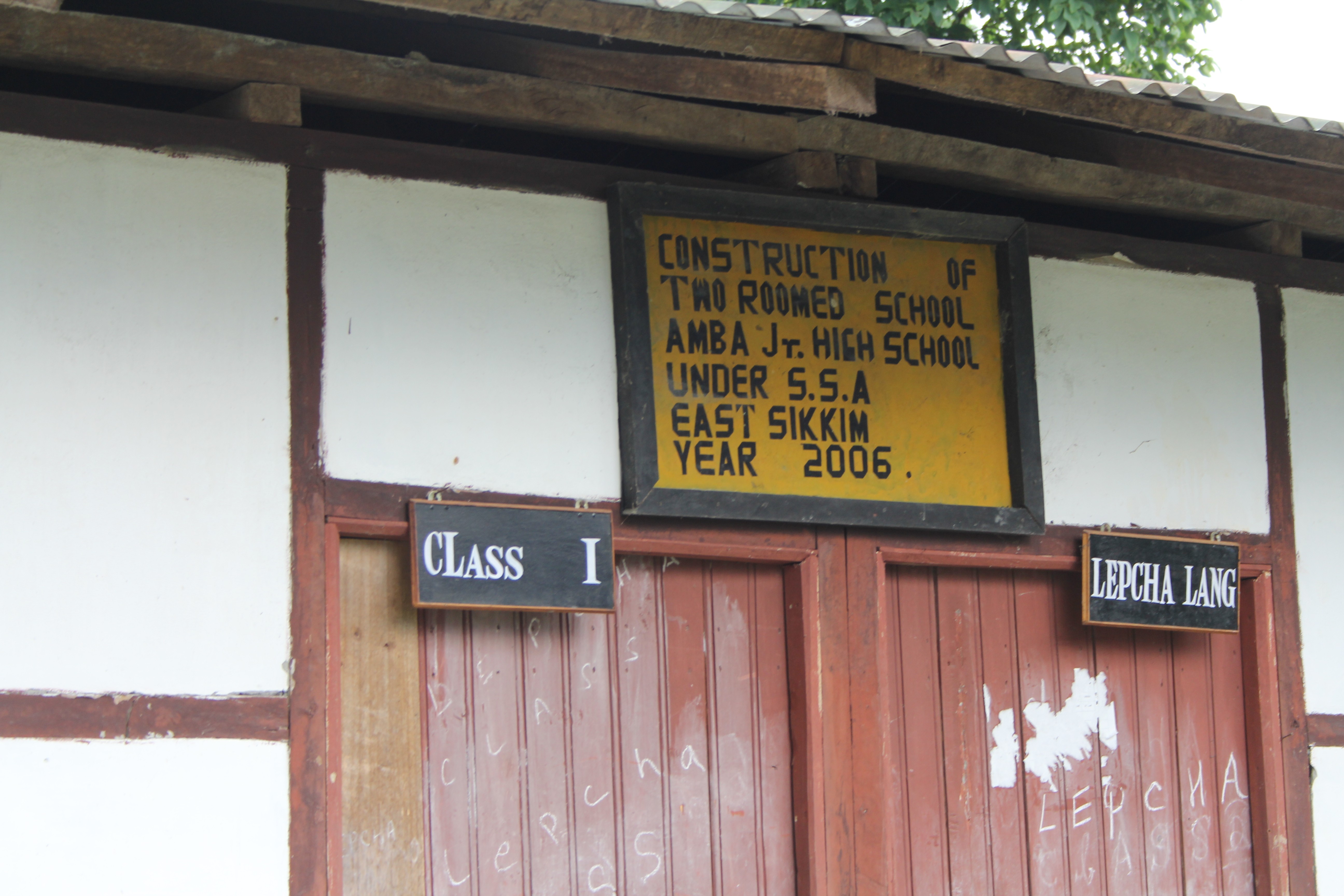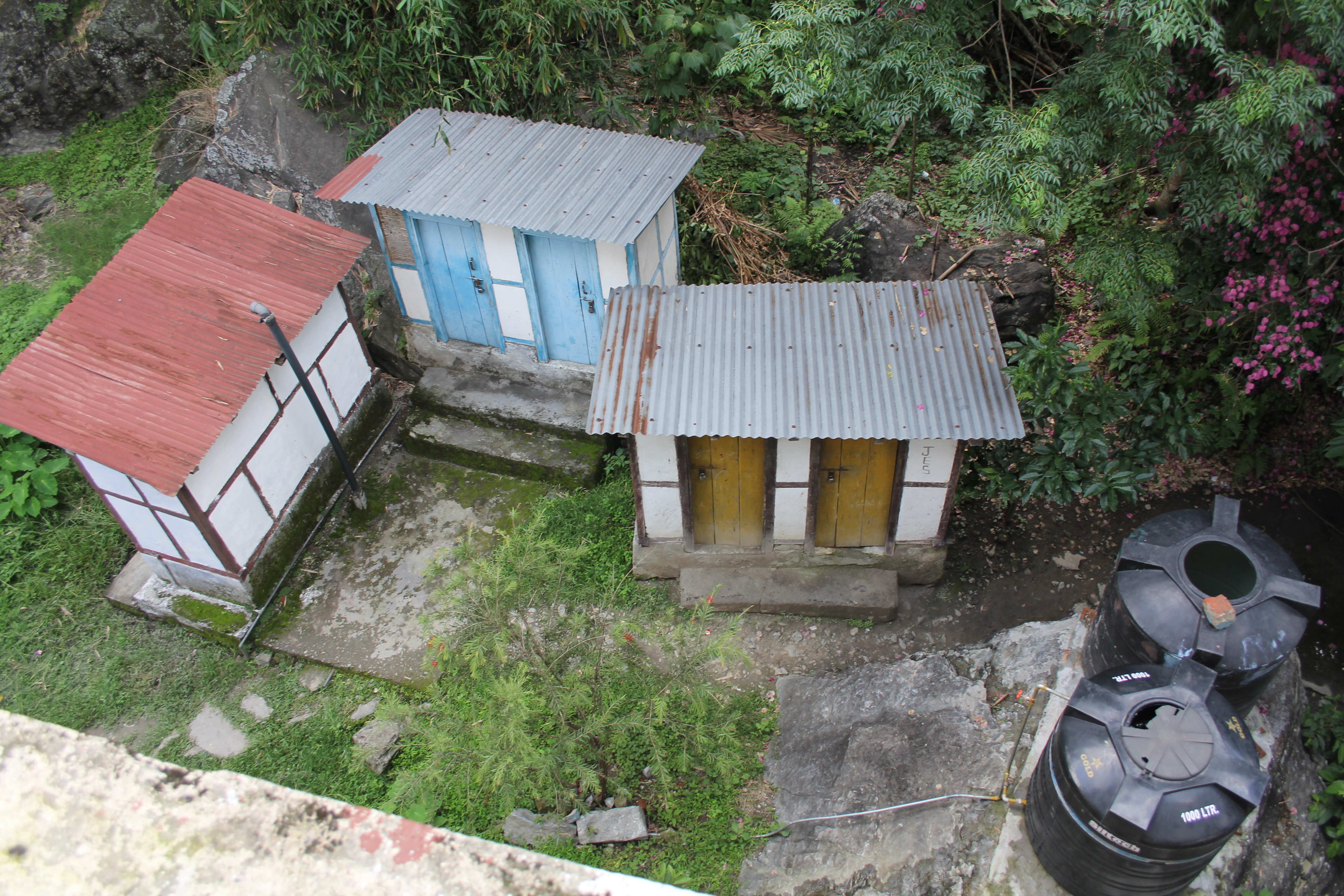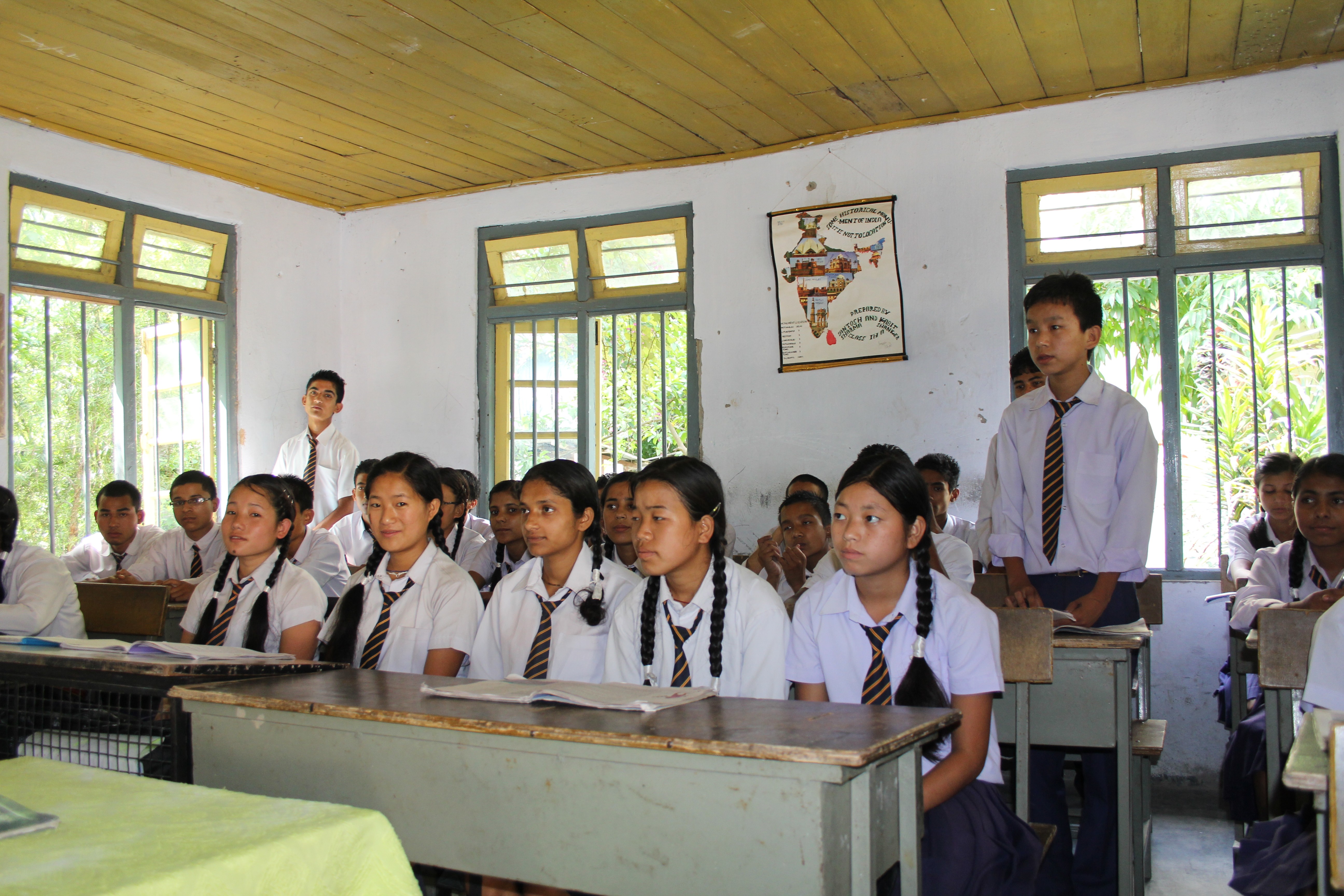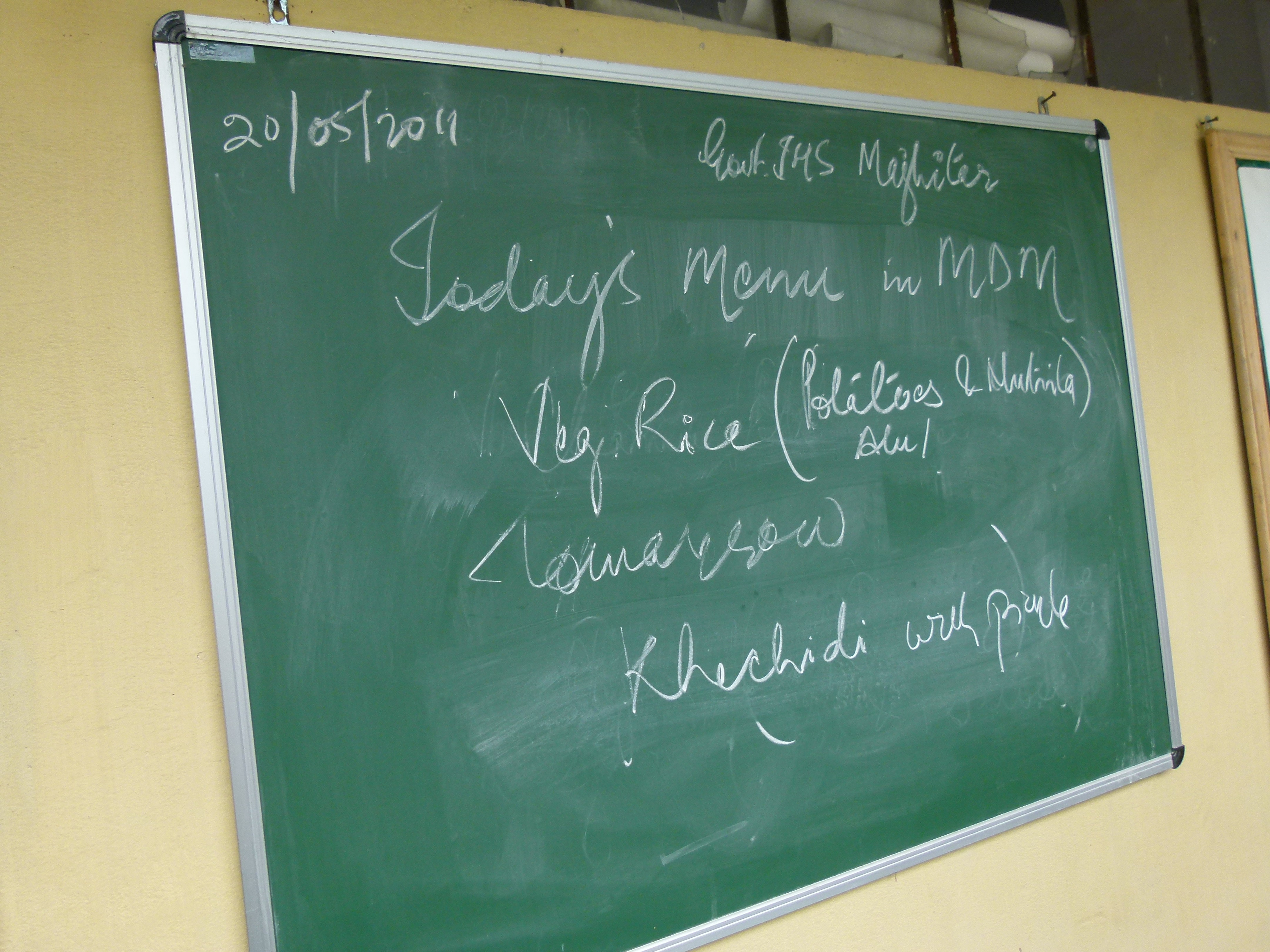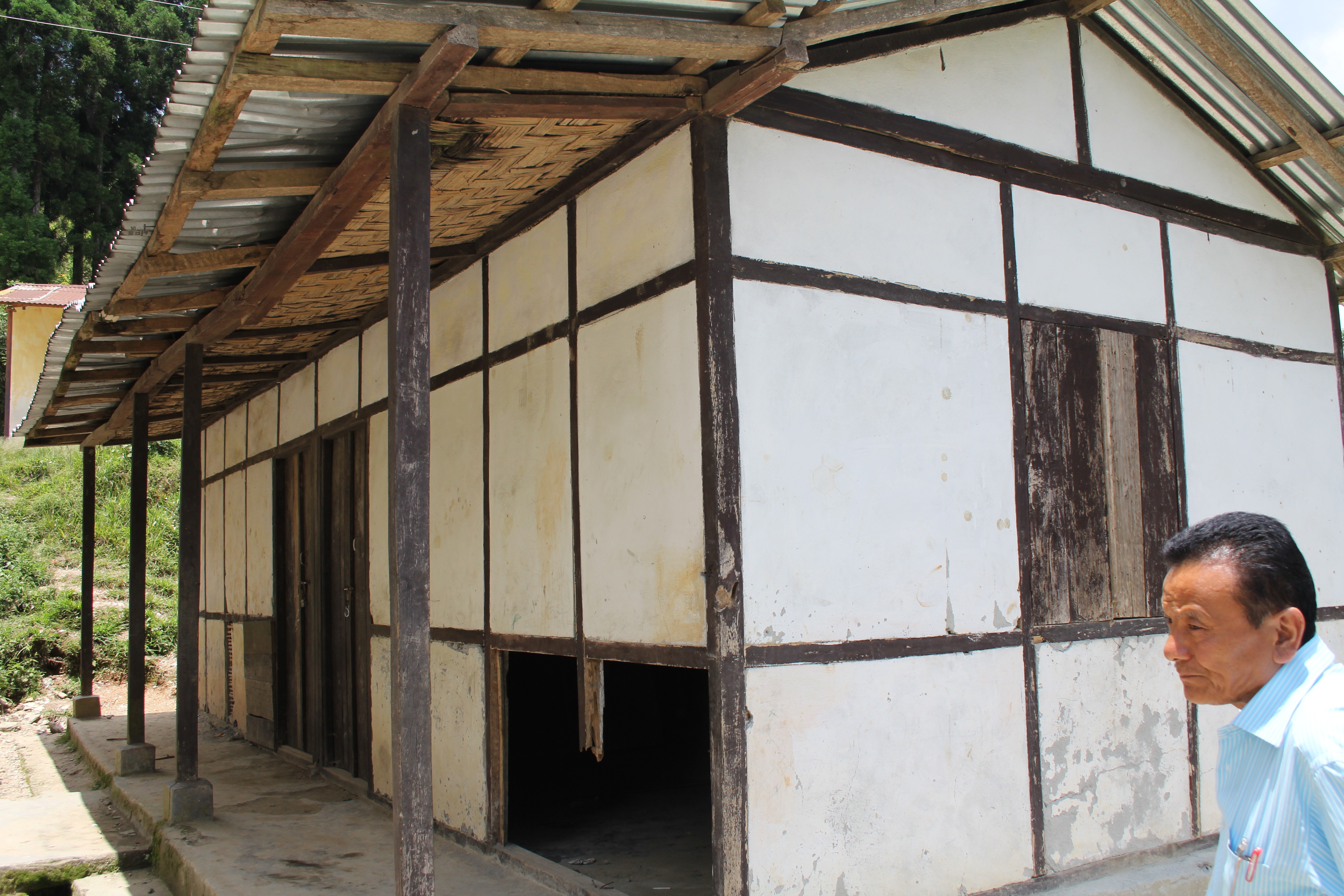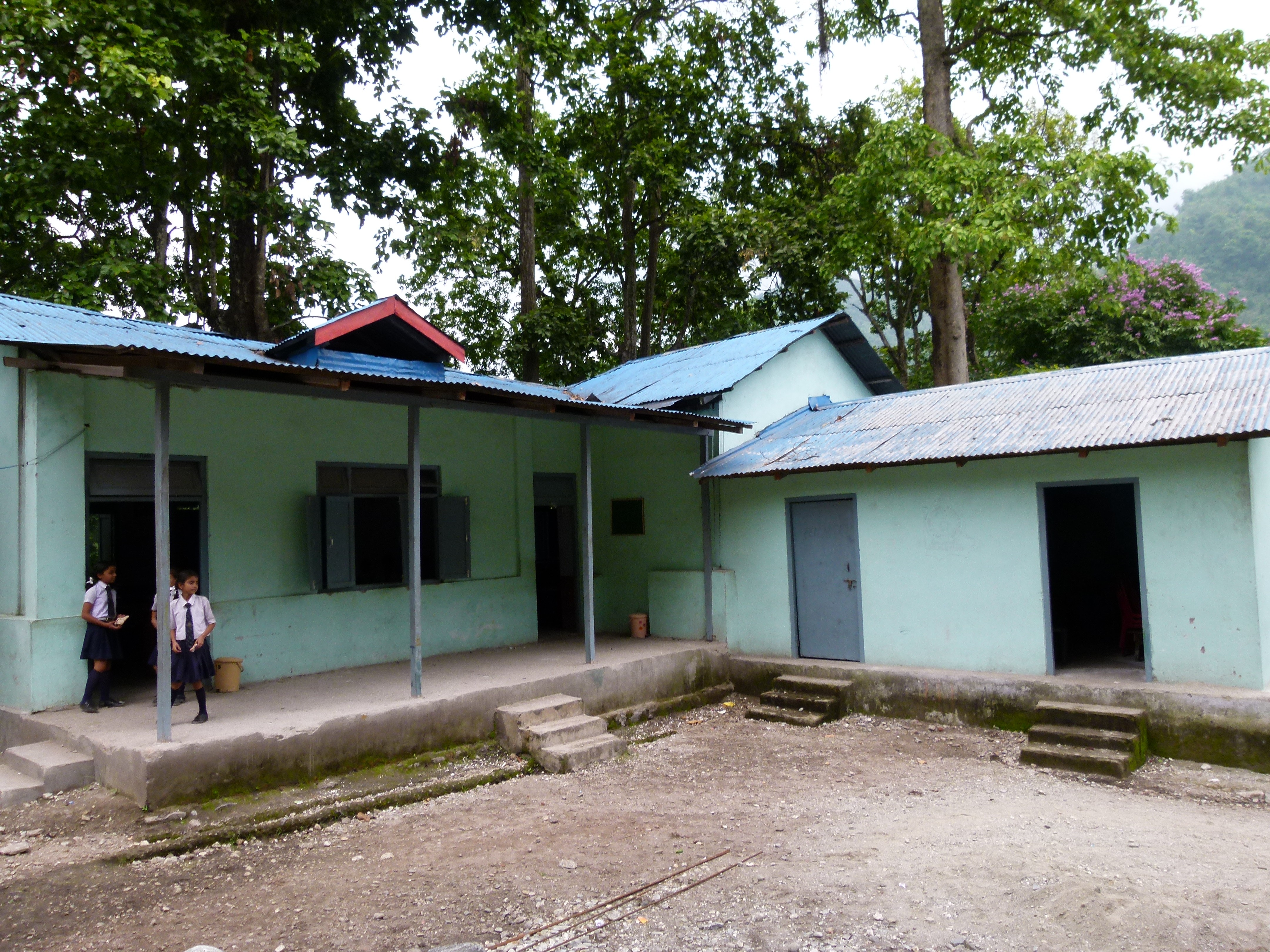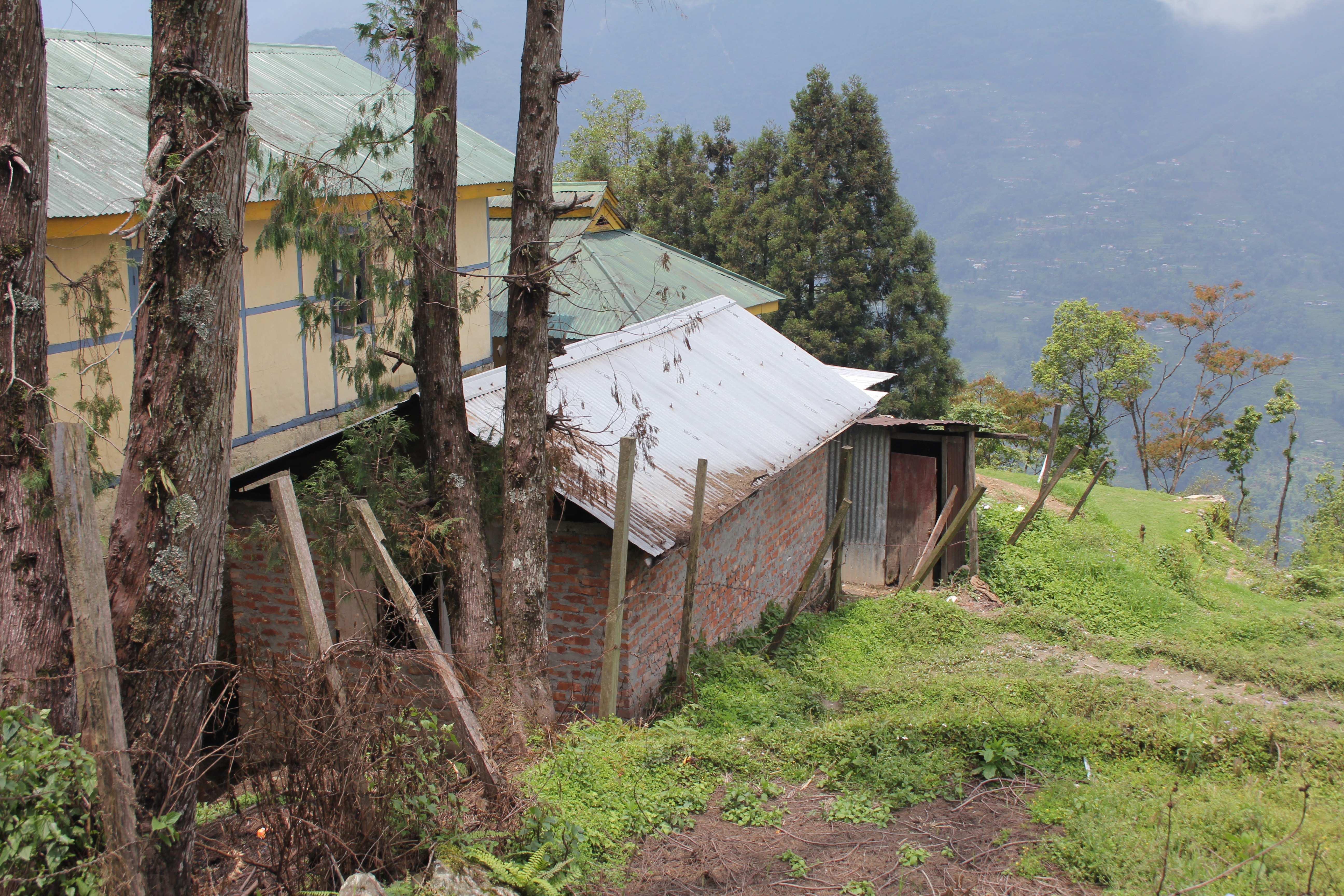Research, Evaluation and Policy Advocacy
Sarva Shiksha Abhiyan’s Civil Works in Sikkim
The "Evaluation of Schools under Sarva Shiksha Abhiyan" project undertaken by the Sikkim Development Foundation highlights a critical review of the construction and infrastructure developments in schools across Sikkim.
Role
Desigm, Implementation and coordination
Funded By:
India Government
Start Date:
Mar 12, 2011
Area Served:
schools across all four districts of Sikkim
Detailed Project Overview
Background
Sarva Shiksha Abhiyan, India’s main program for universalizing elementary education, involves significant infrastructural investments to create conducive learning environments. In Sikkim, the focus has been on evaluating these investments to optimize educational outcomes and infrastructure usability.
Objective
The primary goal was to evaluate the effectiveness of SSA’s civil works in Sikkim, assessing construction quality, community involvement, and the sustainability of educational facilities.
Comprehensive Evaluation Strategy
Methodological Framework
The evaluation employed a mixed-method approach combining quantitative and qualitative research techniques to gather comprehensive data:
Technical Inspections: Conducted by engineers assessing the structural integrity and material quality of school infrastructures.
Community Consultations: Involving SMCs, teachers, students, and parents to understand their perspectives on infrastructural adequacy and implementation efficacy.
Stakeholder Interviews and FGDs: Engaging local government officials and community leaders to gauge broader social and administrative impacts.
Data Collection
Data were collected through structured questionnaires, direct observations, and focus group discussions. Sample selection was stratified to ensure representation from various geographical and demographical settings within Sikkim.
Table 1: Sample Distribution by District
District | Number of Schools Evaluated |
|---|---|
North | 17 |
East | 24 |
West | 18 |
South | 18 |
Total | 77 |
Key Findings
Infrastructure Quality: Most schools showed satisfactory construction quality, but some had issues with material quality and design appropriateness.
Community Involvement: High levels of community and stakeholder engagement in planning and maintenance were reported, which positively impacted the sustainability of infrastructural developments.
Maintenance and Sustainability: Regular maintenance was upheld by most schools, although funding constraints were noted as a challenge for comprehensive improvements.
Table 2: Overview of Infrastructure Quality
Infrastructure Component | % Meeting Quality Standards |
|---|---|
Building Structure | 95% |
Water Facilities | 92% |
Toilet Facilities | 89% |

